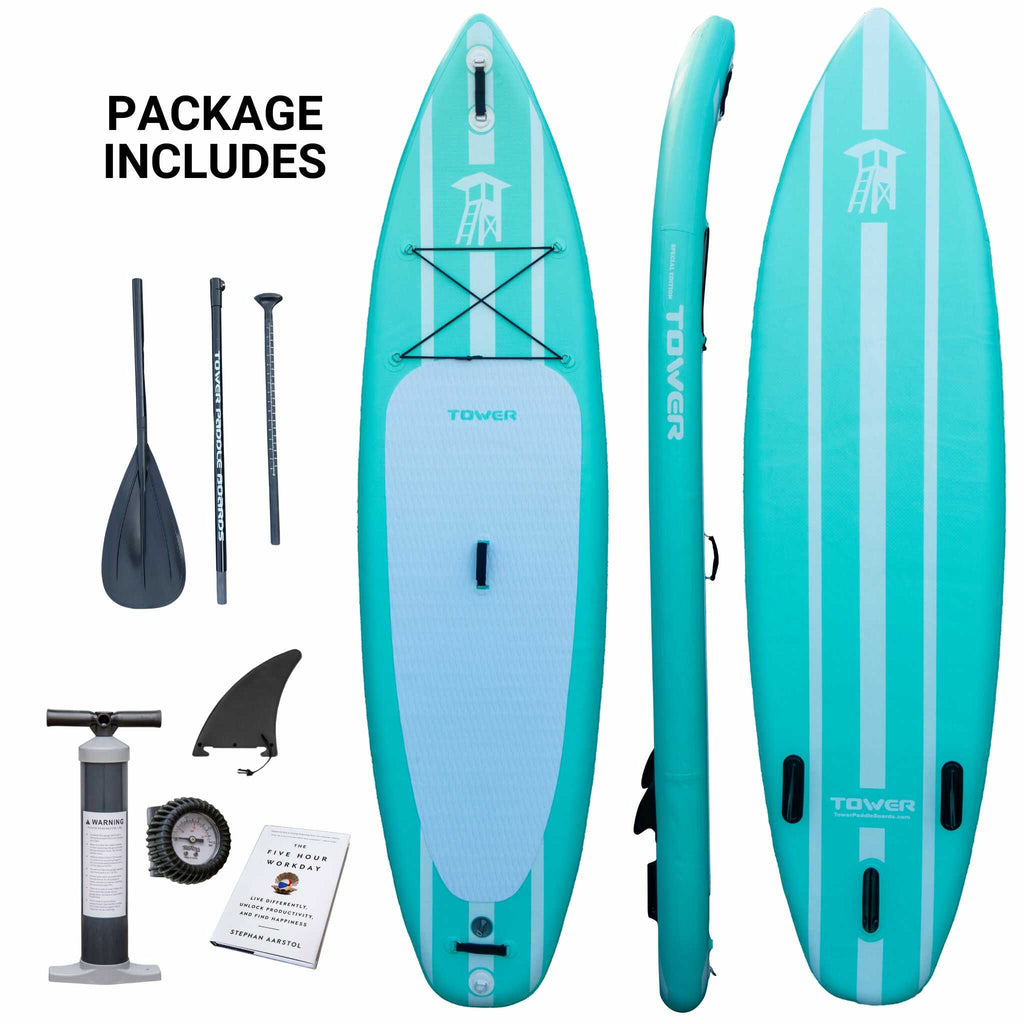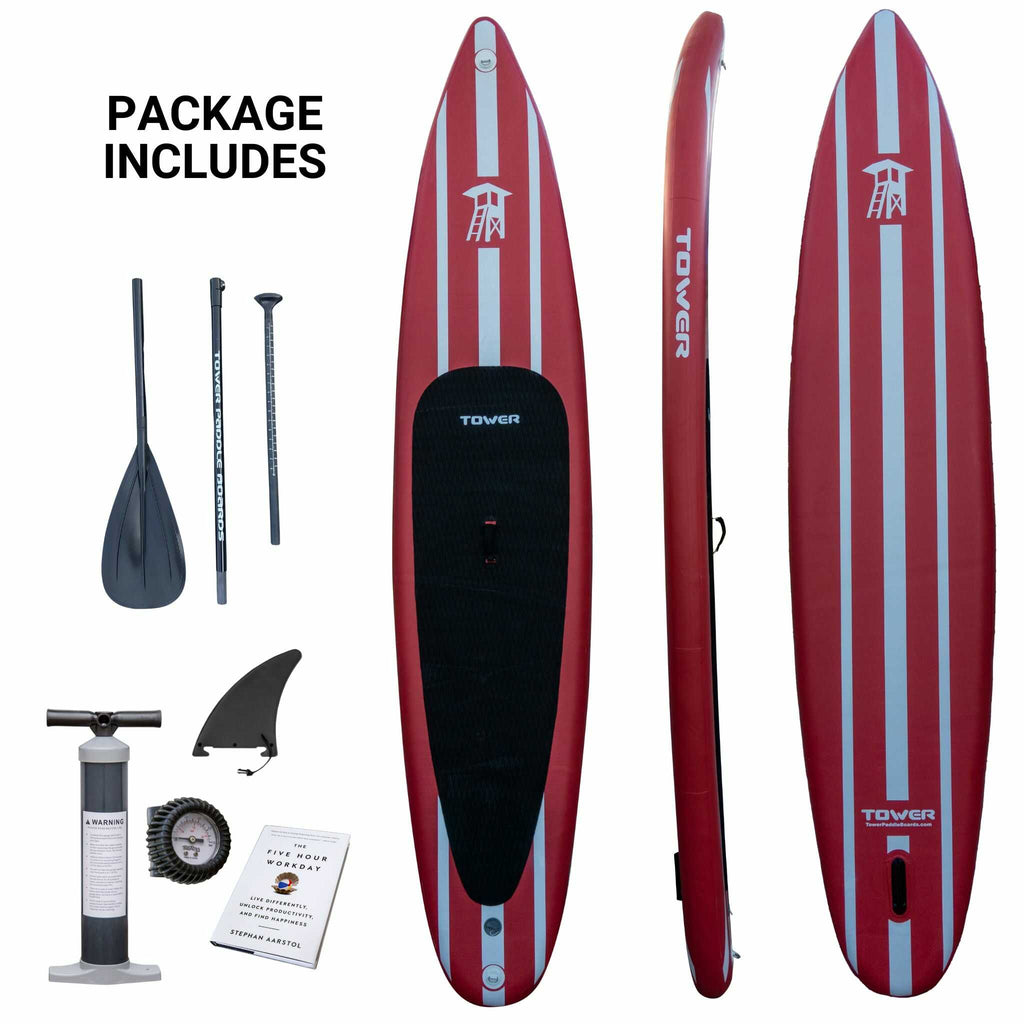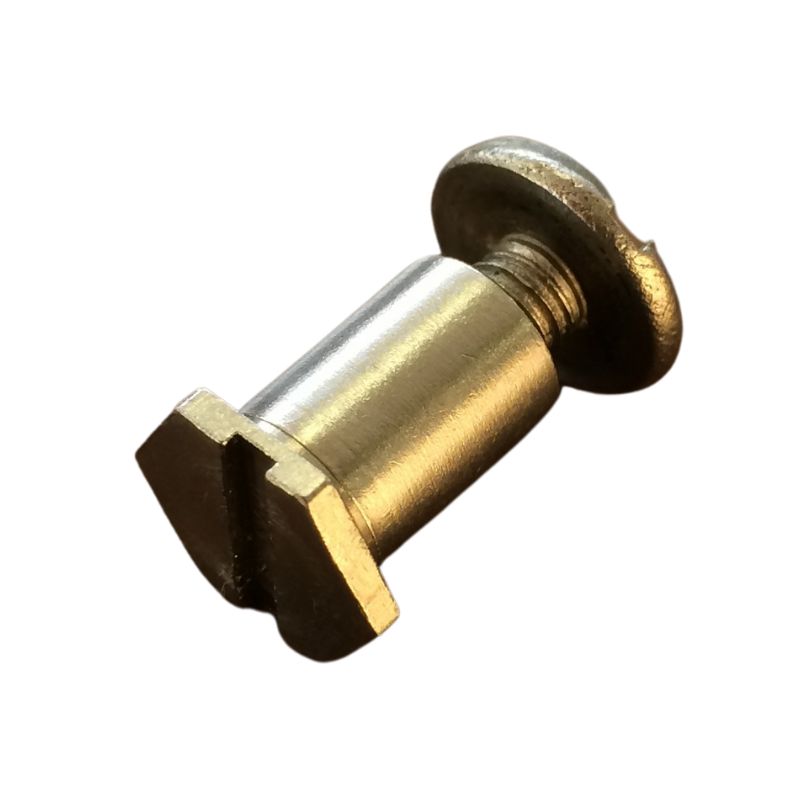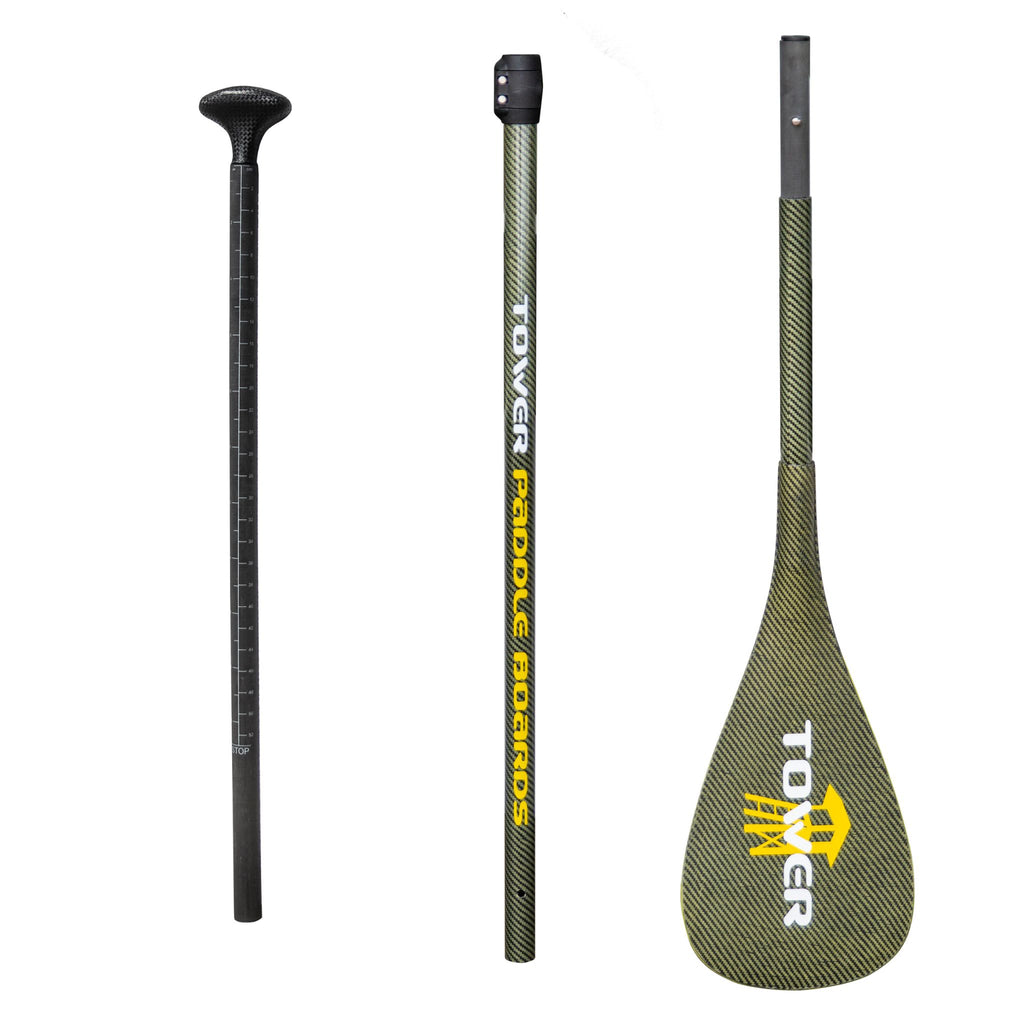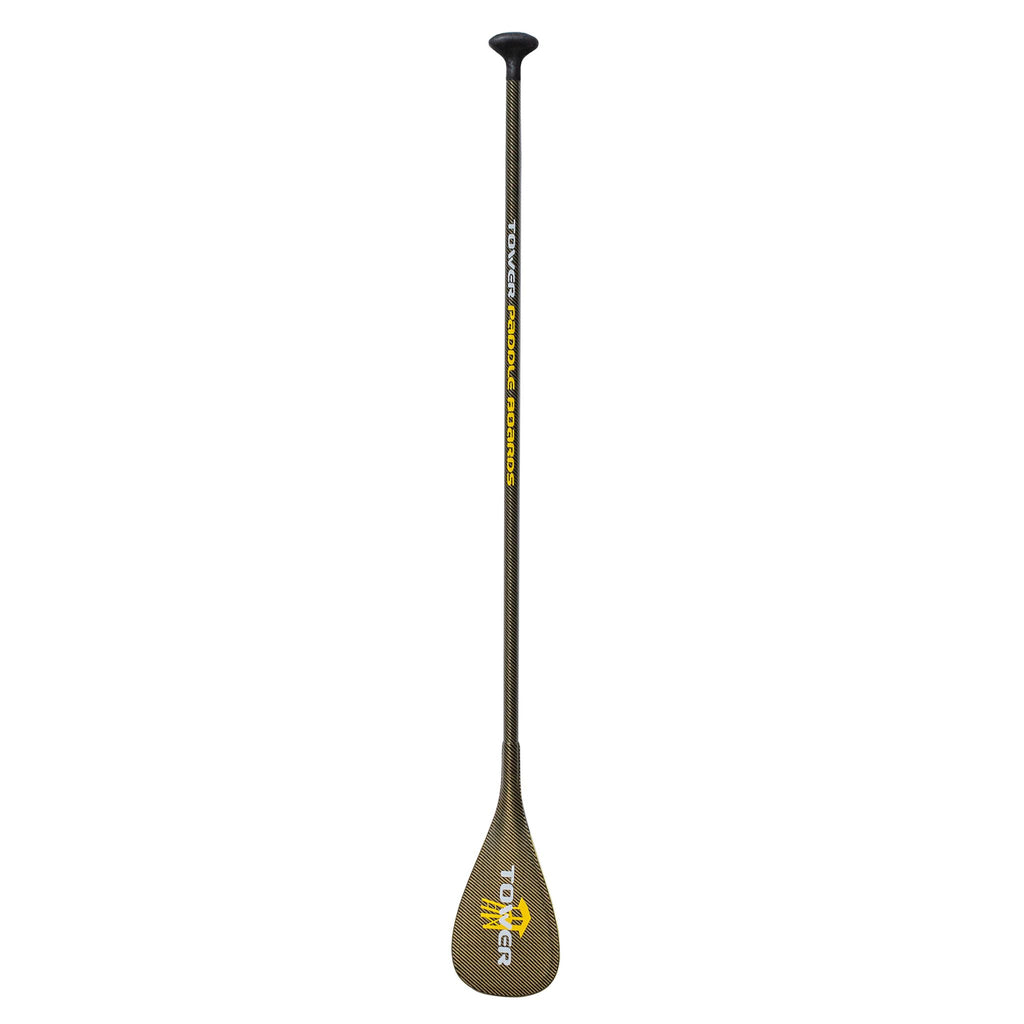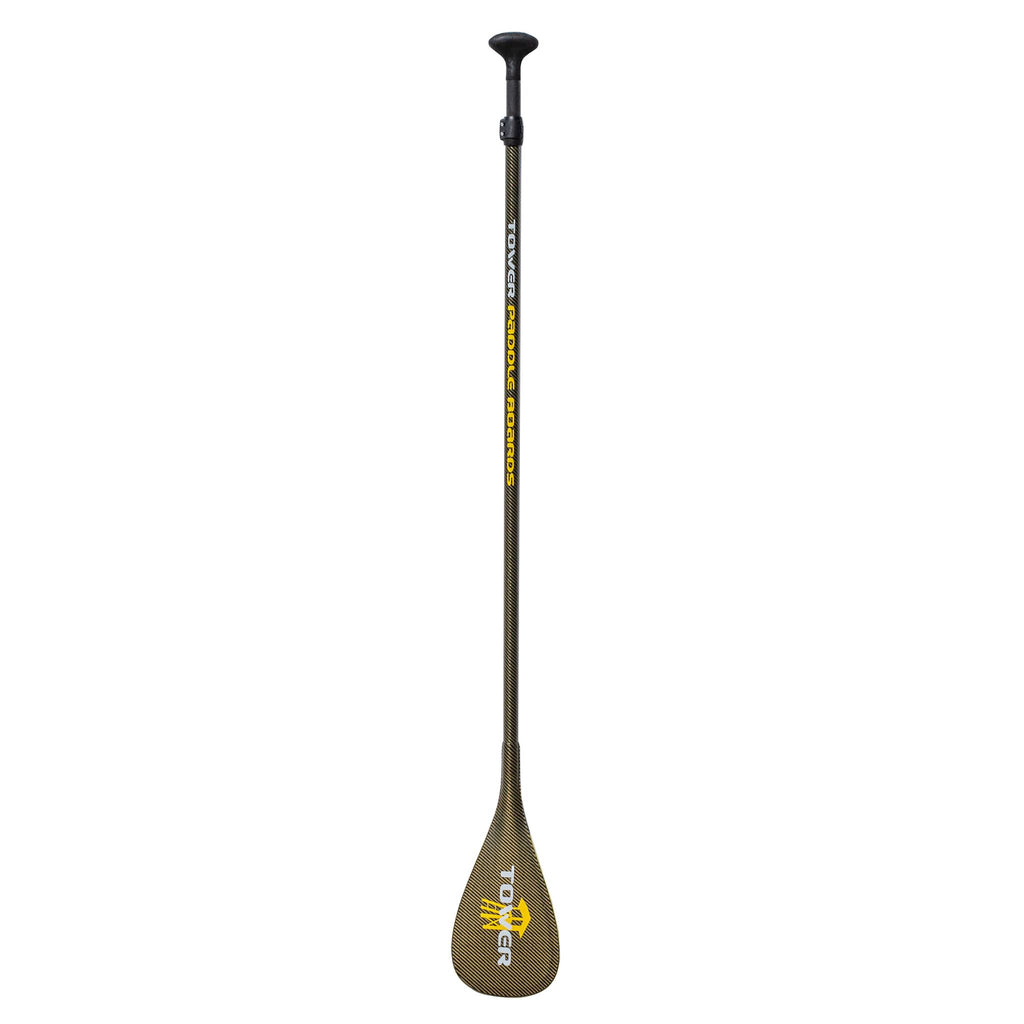If your family is tired of the usual outdoor activities, stand-up paddle boarding is an exciting alternative to tired family bike-rides or hikes. No longer is SUP exclusive to the solitary surfer, it can be fun in groups with one to two people on a board. There are two ways to take a child paddle boarding: the child can share one board with the adult, or paddle themselves on a separate board. If your child isn’t yet strong or confident enough to paddle themselves it may be better to let him sit or stand on the front of the board while the adult paddles. Whether the child will be on your board, or their own, a few key rules must be observed every time.
The child must wear a Personal Flotation Device (PFD).These can be purchased at most sporting goods stores, rented where water sports equipment is housed, or purchased online. It’s essential that the PFD fit properly, so it’s advisable to have an expert fit the vest on your child the first time. Even if your child is an expert swimmer, accidents happen and an unexpected wave can render even the most proficient swimmers scared and surprised--especially if they receive a mouth full of salt water in the process, yuck! Think of the PFD as a seatbelt--you don’t expect to need it, but it’s absolutely essential for safety that you use it.
Find a safe place to paddle board. Put simply, big ocean waves with an inexperienced child are a no-no. Lakes, bays, and other calm bodies of water will facilitate an enjoyable SUP experience for the both of you.
Additionally, when finding a safe place to paddle it’s important to avoid the wind. Wind creates difficult challenges, and potentially dangerous situations for children, and weaker paddlers in general. On a blustery day it is best not to take your child out paddling. If there is any wind at all, make sure to start near a shore that has an onshore wind. This way if the child isn’t strong enough to paddle, he or she will be blown toward the shore. A much better alternative to the panic that could accompany being blown out across the bay.
Your child must be able to swim before getting on a paddle board. A stand-up paddleboard, unlike a kayak, has nothing to strap the paddler in. This creates a much higher risk of falling off into the water (which is also half the fun!). It is important that any child preparing to paddleboard, even while wearing a life vest and under parental supervision, must be able to swim.
There is no magical age at which it’s safe to take your child stand-up paddle boarding. But, as we mentioned above the child must be able to swim first.
CO-SUP
When stand-up paddle boarding on the same board with your child, it’s vital to first check the weight restrictions of the specific board you will be using. Each board style is different and it’s important to make sure the board can hold the combined weight of yourself and your child. It’s also advisable to use a longer board that leaves room for the child.
The hardest part of paddling together will most like be, simply, both getting up on the board without slipping. It may be best to start out by kneeling and stabilizing the board, then allowing the child to climb on. Paddle out and practice until both of you are confident enough to stand. Take it slow, and following the same fashion as before the adult can rise up to stand first followed by the child.
You may have to alter your usual stance to make room for a child at the front. Most likely if you just scoot back a few inches from where you stand alone on the board, there will be room for both of you to balance easily.
Most importantly, take your time and have fun with it! SUP together might be difficult at first, and you both may end up taking a dip in the water, but practice makes perfect. Eventually you’ll fall into a seamless rhythm and bond over a new healthy hobby.
SEPARATE YET TOGETHER SUP
Once your child has mastered the basics of SUP, he or she will likely desire more of a challenge and hop onto a personal board. Children may benefit from smaller boards and paddles depending on size and strength. Remain close to your child throughout, in case they’ll require some advice or a helping hand. Start slowly, allowing you child to try out paddling themselves in calmer waters before moving on to more choppy water. They may find it tiring to paddle themselves the first time but it’s important to not get discouraged. If your child becomes exhausted and does require assistance, have them hop onto your board and tow theirs back to shore. Most importantly, all of the aforementioned key rules must be followed when the child is on their own board, as well. And most, most importantly, have fun!











